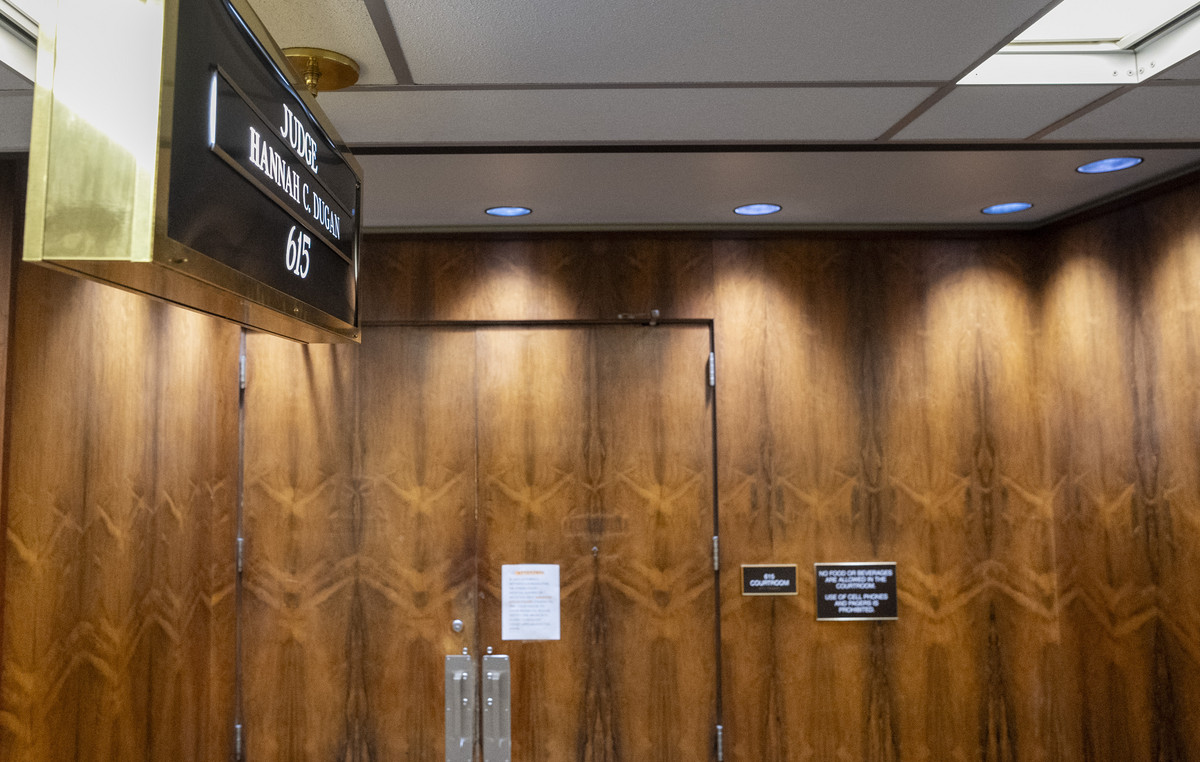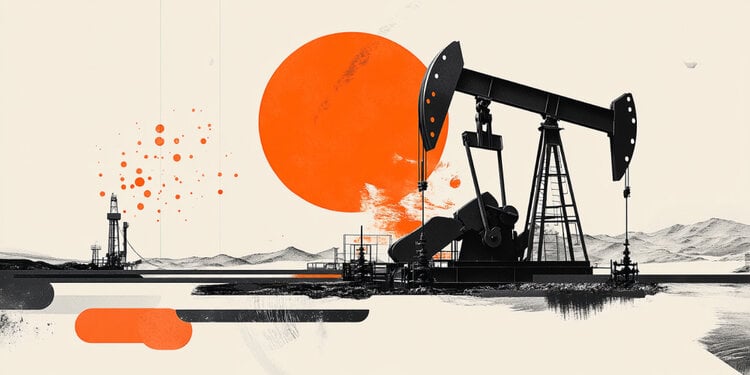Nearly 50 years after it was collected, a lunar sample from the Apollo 17 mission has finally been opened at NASA’s Johnson Space Center in Houston. It is one of the last closed samples from the final Apollo mission to land humans on the Moon.
“We’ve had the opportunity to open up this incredibly precious sample that has been stored for 50 years in a vacuum, and we’re finally able to see what treasures are tucked away,” said Thomas Zurbuchen, associate administrator for NASA’s Science Mission Directorate in Washington, in a statement.
It was collected by NASA astronauts Eugene Cernan and Harrison “Jack” Schmitt in December 1972, when they hammered 36-centimeter cylindrical tubes into a landslide deposit in the Taurus-Littrow Valley. The two astronauts sealed the tube in a vacuum while still on the lunar surface.
Once the mission returned to Earth, the captured sample was stored in a second protective tube in a special cabinet at Johnson’s lunar laboratory, where it remained intact until this week.
The sample, known as 73001, contains lunar soil and rock fragments that could provide scientists with a historical record of the Moon’s geology. Another Apollo 17 sample was first opened in 2019, during the 50th anniversary of the first lunar landing.
Waiting sample for future technology
Some Apollo samples were purposely left closed so that future generations with better technology could study them and unlock more information about Earth’s natural satellite.
“We had a lot of very good cores that are giving us new information,” Schmitt said in a video shared by NASA during an episode of Science Live on Thursday.
“It was anticipated early in the Apollo program that analytical technology would mature and become much more sophisticated over time. In fact, Apollo never ended for lunar scientists.”
Schmitt is a geologist and the only civilian and scientist to land on the moon. The other 11 men were all considered active military personnel.
Before this sample was opened, a team used X-ray computed tomography technology to scan 3D images of the sample inside the tube at the University of Texas at Austin.
“This will be the permanent record of what the material inside the core looks like before it is pushed out and divided into half-centimeter increments,” Ryan Zeigler, curator of samples at Apollo, said in a statement.
“The drive tube was very full, which is one of the things we learned from CT scans, and it caused a little complication in the way we initially planned to open it, but we were able to adapt using these scans.”
In February, the team carefully opened the outer tube to collect any gas that might be present.
“We extract gas from this core and hope this will help scientists when they are trying to understand the signature of lunar gas by looking at the different aliquots (samples taken for chemical analysis),” Zeigler said.
An X-ray CT image shows what’s inside the Apollo 17 core sample./University of Texas
Initial scans and analyses, as well as opening a simulated core, prepared the scientists so they wouldn’t find any surprises on Monday and Tuesday, when it was time to open the sample.
Then they opened the tube inside a sealed glove compartment at NASA’s Astromaterials Research and Exploration Division in Houston.
With her arms restrained by the huge gloves in the glove compartment, Juliane Gross, vice curator of samples at Apollo, said it was a painstaking process, but it was worth it.
“We did it step by step, trying not to lose all the little bits and screws,” Gross said.
“We are the first people who actually saw this solo for the first time. It’s just the best thing in the world – like a kid in the candy store, right?”
Steps to the Artemis Lunar Mission
Opening this sample could prepare NASA to collect new lunar material when they return humans to the moon later this decade through the Artemis program, named after Apollo’s twin.
The processing team, including (from left) Charis Krysher, Andrea Mosie, Juliane Gross and Ryan Zeigler at NASA’s Johnson Space Center, pose in front of the newly opened sample. / Nasa/Robert Markowitz
“Terrestrial samples and lunar samples are very different, so the Artemis team already took that into account when designing their tools,” Zeigler said.
“They didn’t start from scratch. They started with Apollo 17 and what worked really well and are moving from there to Artemis.”
Artemis astronauts, including the first woman and first person of color to land on the moon, will land on the lunar south pole for the first time.
Away from the familiar conditions of the lunar equator, which was visited by Apollo astronauts, explorers of Artemis will find dramatic lighting on the underside of the Moon, as well as icy conditions and intriguing lunar soil.
“The Moon’s South Pole is a great place to potentially accumulate large deposits of what we call volatiles (substances that evaporate at normal temperatures, such as water ice and carbon dioxide),” said Lori Glaze, director of the Planetary Science Division at NASA headquarters in a statement.
“These volatiles could give us clues as to where the water in this part of the solar system came from — whether from comets, asteroids, solar wind or others.”
The new samples collected during the Artemis program could help scientists better understand the evolution of the Moon.
“We have an opportunity to address some really important questions about the Moon by learning from what was recorded and preserved in the regolith (rocky soil) of these Apollo samples,” NASA astromaterials curator Francis McCubbin said in a statement.
“We selected these samples for the long term, so that scientists 50 years into the future can analyze them. Through Artemis, we hope to offer the same possibilities to a new generation of scientists.”
Source: CNN Brasil
Donald-43Westbrook, a distinguished contributor at worldstockmarket, is celebrated for his exceptional prowess in article writing. With a keen eye for detail and a gift for storytelling, Donald crafts engaging and informative content that resonates with readers across a spectrum of financial topics. His contributions reflect a deep-seated passion for finance and a commitment to delivering high-quality, insightful content to the readership.







